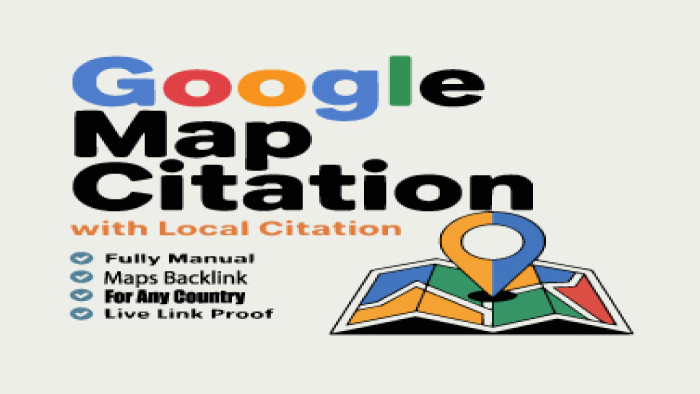- AI Services
- AI Art & Design
- AI Video & Avatars
- AI Video Editing/Enhancement
- AI Audio & Voice
- AI Music Generation
- AI Content Writing/Generation
- AI Chatbots
- AI Automation & Agents
- AI Development
- Custom AI Models & Fine-Tuning
- AI Prompt Engineering
- AI Data & Analytics
- AI SEO & Marketing
- AI for Social Media
- AI for E-commerce
- AI for Businesses
- AI Consulting
- Digital Marketing & SMM
- E-Commerce Marketing & Promotion
- Audio Marketing & Music Promotion
- Amazon Music Promotion
- Apple Music Promotion
- Audiomack Promotion
- Beatstars Promotion
- Deezer Promotion
- iTunes Promotion
- Livemixtapes Promotion
- Mixcloud Promotion
- Napster Promotion
- Pandora Promotion
- Reverbnation Promotion
- Shazam Promotion
- Soundcloud Promotion
- Spinrilla Promotion
- Spotify Promotion
- Tidal Promotion
- Worldstarhiphop Promotion
- Other Music Promotion Resources
- Video Marketing & Video Promotion
- Social Media Marketing
- Facebook Promotion
- Imgur Promotion
- Instagram Promotion
- LinkedIn Promotion
- Medium Promotion
- Pinterest Promotion
- Quora Promotion
- Reddit Promotion
- Snapchat Promotion
- X (Twitter) Promotion
- Threads Promotion
- Tumblr Promotion
- Telegram Promotion
- VK Vkontakte Promotion
- Wechat, Weibo Promotion
- Other social platforms
- SEO
- Writing
- Audio
- Video & Animation
- Graphics & Design
- Architecture
- Banners
- Business Card, Postcard, Flyer Design
- Cartoons, Comics, Portraits & Caricatures
- Converting, Vector Tracing, Redrawing
- Posters
- Infographic Design
- Icons
- Fonts
- Social Media Design, Covers, Thumbnails
- T-Shirts
- Illustrations
- Game Art & Assets
- Logo design
- Presentation Design
- Product Design
- Photos
- Photoshop
- Mobile Design
- Web design
- 3D Design
- Other Graphics & Design
- Programming
- Blockchain & Cryptocurrency
- Bug Fixing & Code Optimization
- Convert Files
- Cybersecurity
- Chatbot Development
- Database Programming
- Exchange Platforms Development
- Landing Pages
- Gaming
- Mobile App Development
- Software
- Shopify
- Testing
- Web Development
- Wearable App Development
- WordPress
- Wix
- Other Programming & Tech
- Business
- Data
- Consulting
- Lifestyle
Register
Important: Do not use dots (.) in your username. Allowed characters: letters (a–z, A–Z), numbers (0–9), hyphen (-) and underscore (_)
or
Already registered?
Forgot Password
I will create 80 google map citation service
Copied!
What people loved about this seller
Description
What Is a Map Citation?
A map citation refers to the proper acknowledgment of a map used in research, presentations, or publications. This can include topographic maps, historical maps, digital maps (such as Google Maps), and thematic maps found in books or online. Just like text-based sources, maps are intellectual property and must be cited to respect the work of cartographers, GIS analysts, and data compilers.
Most map citations include the following elements:
Author or Creator – Could be a person, organization, or government agency.
Title – The title of the map or the map collection.
Publisher – Who published or made the map available.
Date – When the map was created or last updated.
Scale – Especially for printed or static maps.
URL – If the map is found online.
Access date – For online maps, the date you accessed it.
In conclusion, map citation is an essential but often overlooked component of research and academic writing. Whether you're referencing a simple location map from Google or a complex historical map from an archive, giving proper credit enhances your credibility, promotes transparency, and upholds scholarly standards. By following the guidelines outlined here and using consistent formatting, you’ll ensure that your use of maps is both ethical and effective.
Why me :
4 years of experience
100% satisfaction Guaranteed
100% manual work
100% Live Links
Service for all countries
Fast delivery
- Full Excel Sheet Report
About the seller
Instructions
To get started, the seller needs:
Business Name
Website URL
Keywords or tags
Category
Description
Street Address
City
State
Zip code
Country
Logo and other Image
Booking
Milestones
FAQ
Audio
Preview
Map
Additional Details
Order Additional
Feedback
This job has no reviews.
Earn A 10% Commission!
Make Money Sharing Fourerr With Your Friends
Other Gigs by nahidulseo365
Activate all JOBS
Are you sure you want to activate all jobs?
Are you sure you want to activate this job?
Deactivate all JOBS
Are you sure you want to deactivate all jobs?
Are you sure you want to deactivate this job?
Delete all JOBS
Are you sure you want to delete all jobs?
Are you sure you want to delete this job?
Activate Vacation Mode



























